Reasons Movement Teaches Kids to Think and Learn Differently
Skillastics
JUNE 23, 2022
Studies have proven that physical movement helps kids improve their memory, increase their motivation, and improve motor skills. Movement and physical activity truly helps kids think and learn differently. Exercise was proven to: Increase the number of neurotransmitters in the brain. Absolutely.

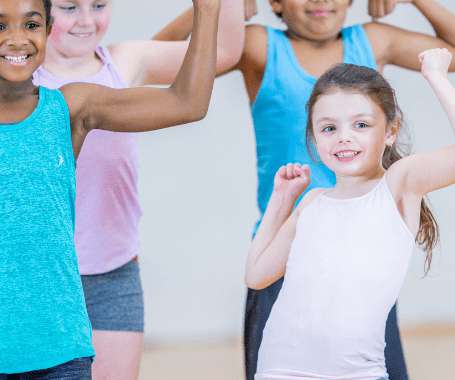
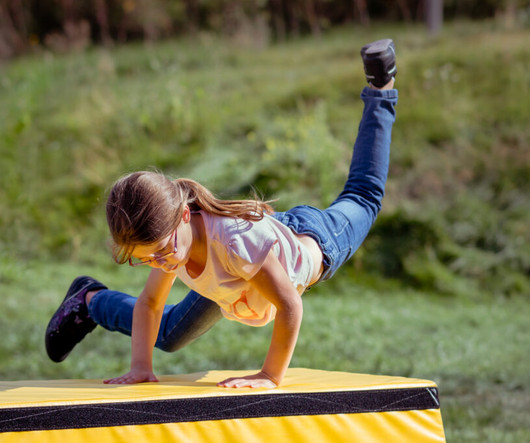

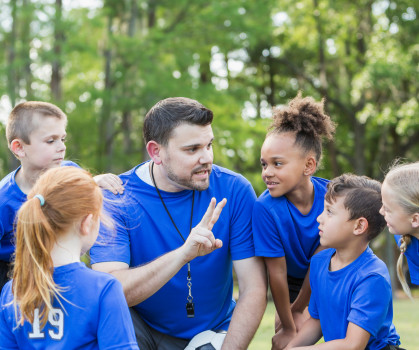
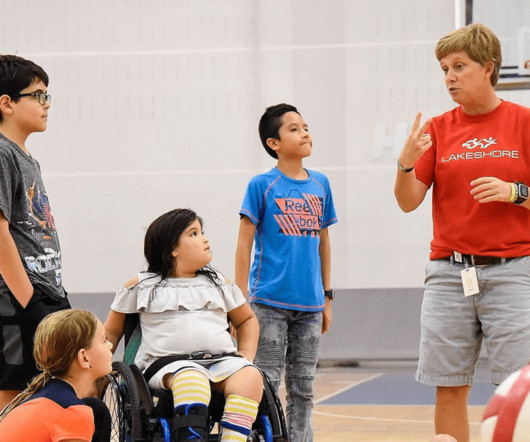
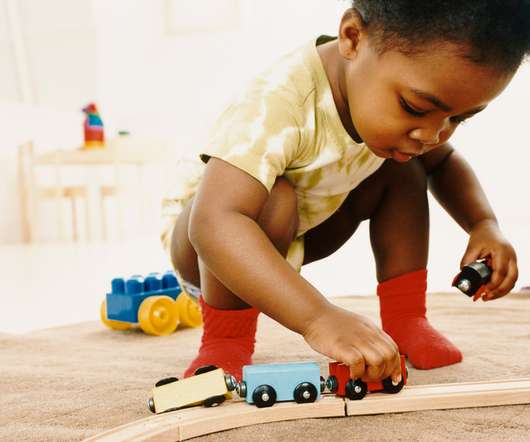
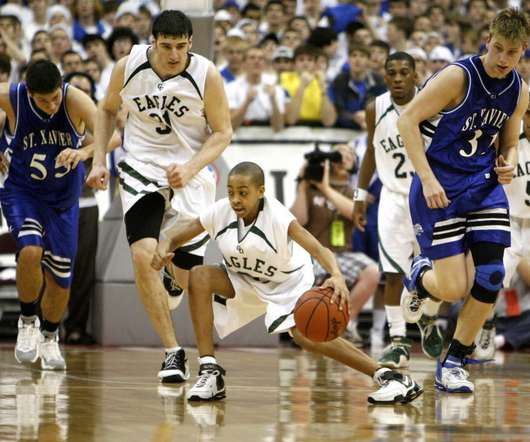






Let's personalize your content